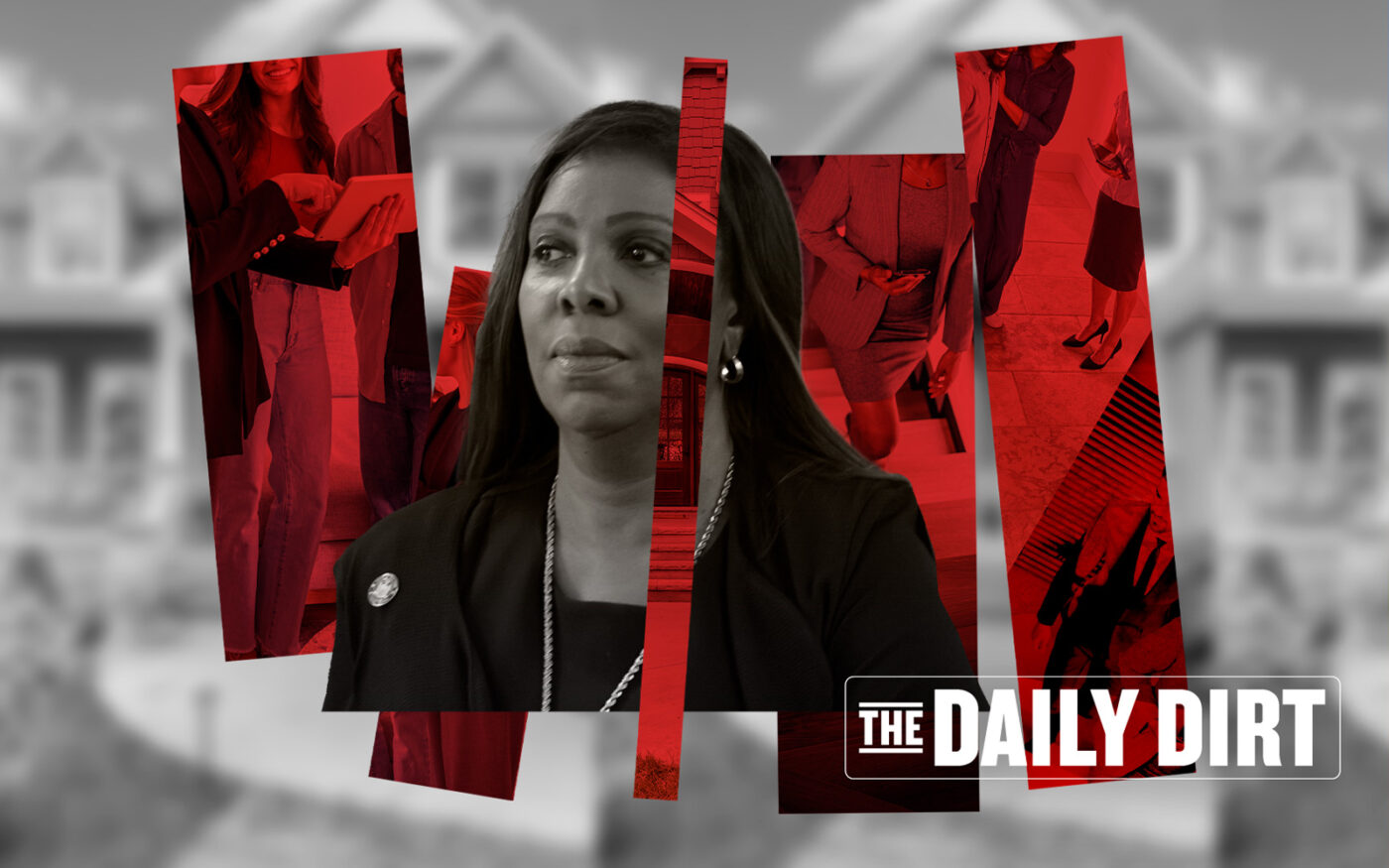I had my doubts that Attorney General Letitia James’ $3 million program to combat discrimination against home shoppers statewide would amount to anything.
Turns out, it hasn’t. Not a single nonprofit signed an agreement to operate the program, which called for sending undercover investigators out to see if real estate agents discriminated, as Newsday famously found they often did on Long Island.
What went wrong? It wasn’t that potential vendors didn’t like the idea of paired testing or thought it wouldn’t work. Rather, $3 million, parceled out in $250,000 grants to nonprofits, wasn’t enough to do such an expensive form of discrimination enforcement across a state as large as New York.
Paired testing involves sending two different fake shoppers to the same broker — say, one Black couple and later a white couple — and seeing if they are treated differently. If the agent steers the Black couple to a community of color in Hempstead and says “You’ll feel more comfortable there,” and, for the same reason, only shows the white couple homes in Levittown, that’s illegal.
Levittown, I should note, is diversifying and shedding its racist past, but is still 70 percent white.
Hiring, training and equipping people to do paired testing, and evaluating the evidence they record, is costly. Newsday’s investigation used this method, but the newspaper was aided by advocacy organizations and grants. And it was practicing journalism, not law enforcement, which is more expensive.
A far more efficient way to police housing bias is to have fake shoppers call brokers and record the conversations, as the Housing Rights Initiative does. It generally goes after landlords and brokers who ghost prospective tenants upon hearing they plan to use a rental voucher. That’s called source of income discrimination, and is also illegal.
HRI’s method has more limitations than paired testing in the field, which is the gold standard in discrimination enforcement. Phone-based testing can cover a lot more ground for a lot less money, and it seems to be working, but it cannot replicate the experience of meeting and touring homes with an agent.
After nearly a year of failing to find a vendor for her program, the attorney general plans to retool it and try again. Meanwhile, the Hochul administration is forging ahead with an $8.5 million paired-testing program. That works out to just $137,000 per county. When it will have results to report is anyone’s guess.
What we’re thinking about: Will the Housing League formed in February by Brooklyn Borough President Antonio Reynoso and City Council member Erik Bottcher ever do anything? It’s been six months since its first (and only?) meeting. Reynoso’s office says to expect something soon. Email your prediction to eengquist@therealdeal.com.
A thing we’ve learned: Before Forest City Ratner began developing Atlantic Yards in 2003, Rose Associates was doing an Atlantic Terminal project there. But it fell through, and Rose sold to Forest City. That prompted Jonathan Rose to leave the family firm and start his own in 1989. His recently completed Sendero Verde, a 709-unit affordable housing project in East Harlem with L+M Development Partners, is the largest passive house development in the country.
Elsewhere…
— Among the United States’ self-defeating immigration policies are limitations that force many foreign students to leave after they get a degree here. In response, Cornell University got a STEM designation for its master’s program in real estate, allowing students to stay in the U.S. for up to three years for professional training.
— The belief that mortgage rates will fall seems universal in the residential brokerage industry, but it is very much not the case among consumers. Only 39 percent expect rates to go down in the next 12 months, according to an August survey. That’s up from 29 percent in July, but still, 61 percent of consumers expect rates will stay the same or go up. However, that’s a positive for agents, who would rather their clients not wait for lower rates to buy a home.
— Long Islanders use 70 percent more water than the national average, which is corrupting their aquifers, draining streams, accelerating saltwater intrusion and degrading public wells, Newsday reported. The findings are from an eight-year study by the U.S. Geological Survey and the state Department of Environmental Conservation.
Excessive watering of lawns and climate change are the primary factors. Agriculture and industry use only 60 million gallons of the 460 million gallons consumed daily. Great Neck, Manhasset Neck, Inwood and Long Beach are among the areas most vulnerable to saltwater intrusion.
Roslyn and Port Washington are requiring residents to replace their standard sprinklers with smart versions that don’t water grass that is already wet, but most localities have not done enough to encourage water conservation.
Closing time
Residential: The priciest residential sale Thursday was $56 million for 15,200-square-foot townhouse at 4 East 79th Street on the Upper East Side. The transaction also included 1,532 square feet of vacant land. Serena Boardman of Sotheby’s International Realty had the listing.
Commercial: The largest commercial sale of the day was $10.1 million for a 9,262-square-foot, 16-unit walkup at 405 East 78th Street on the Upper East Side.
New to the Market: The highest price for a residential property hitting the market was $25.9 million for a 4,019-square-foot condominium unit, 68W, at 432 Park Avenue in Midtown. Amanda Field Jordan of Sotheby’s International Realty has the listing.
— Matthew Elo
